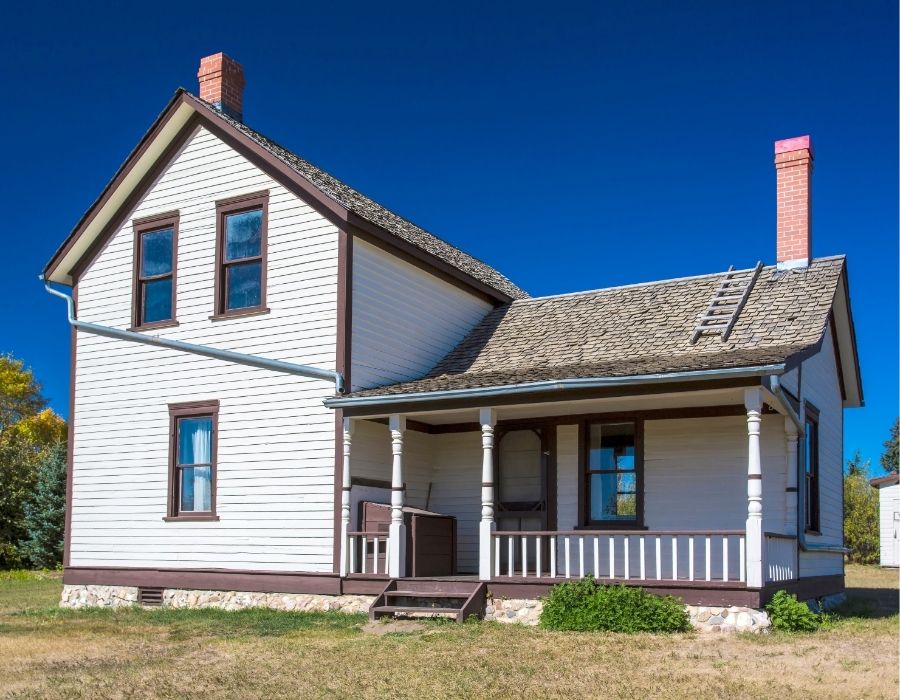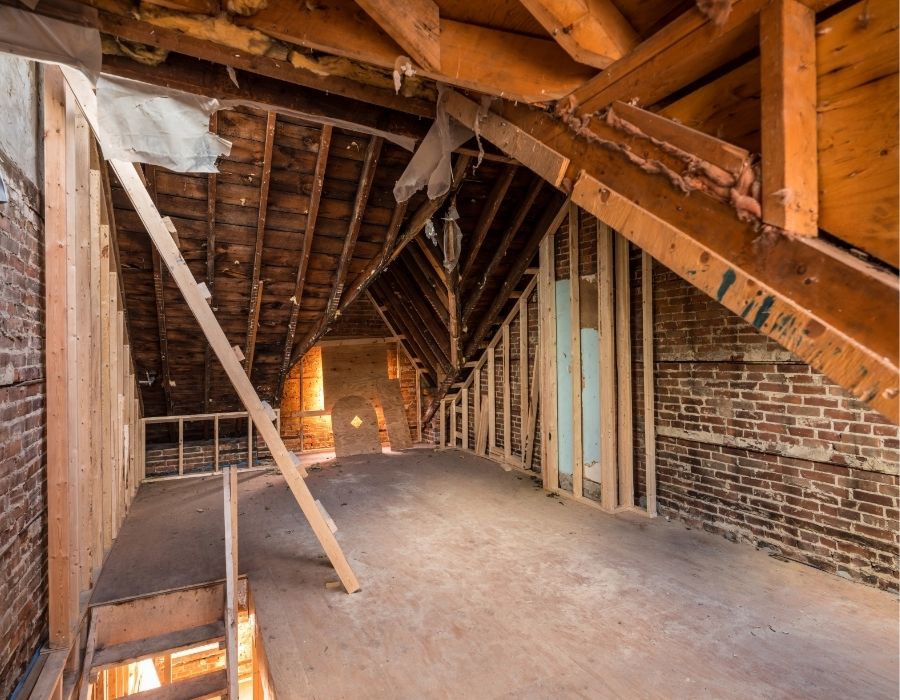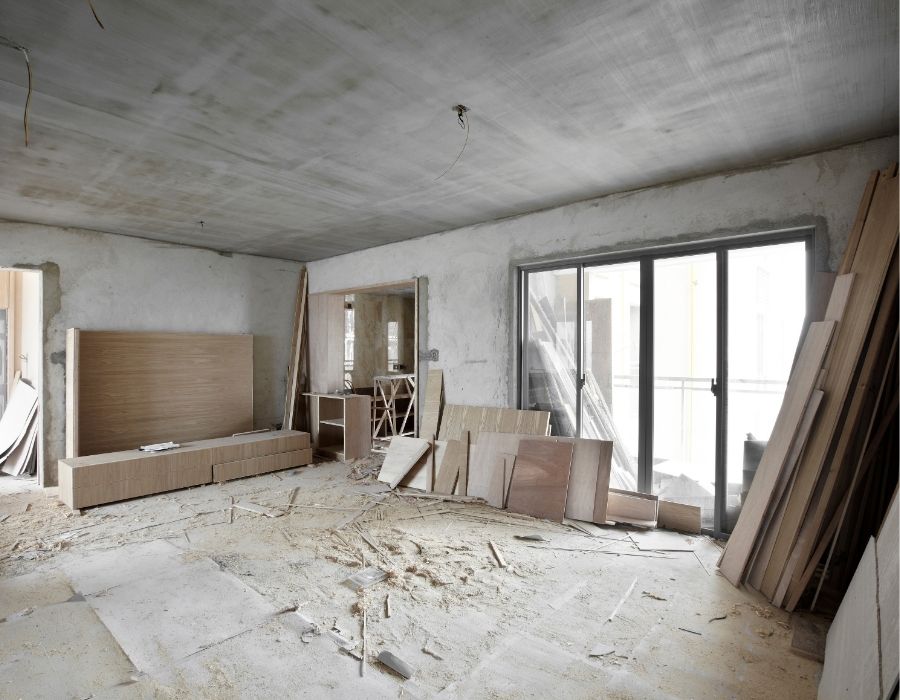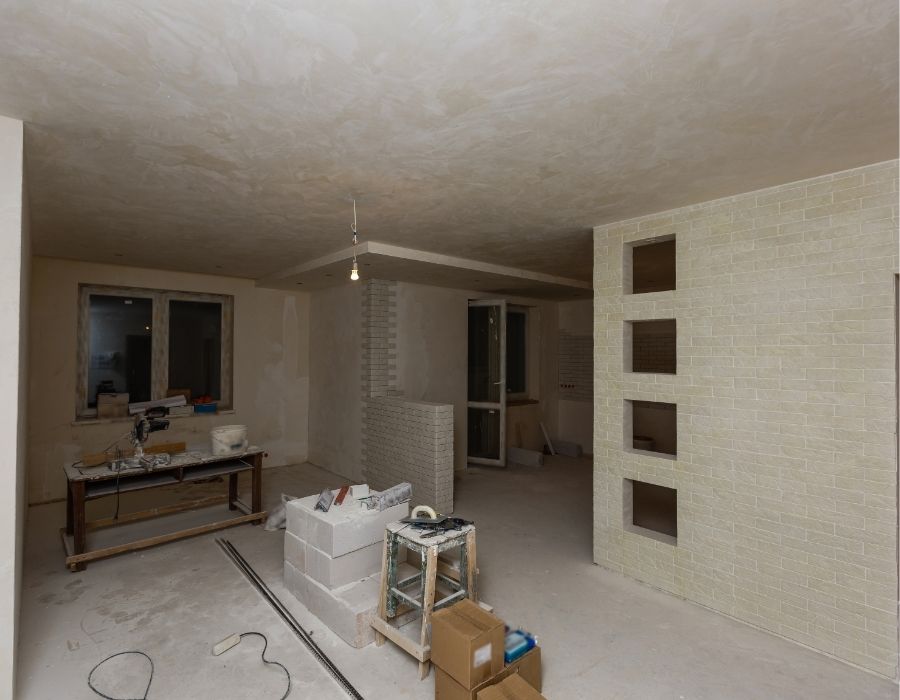Top 12 Considerations When Renovating an Older Home
Renovating an old house is like peeling an onion – you have to go through it layer by layer. As you do this, you’ll discover the history and potential of a place that has seen many days in its time. However, unlike onions, old homes can take you by surprise! Some good … some not so much.
So, if you’re new to renovations or if you have a few notches on your belt but want some tips on how best to fix these types of structures, then knowing some tricks of the trade can save time, money and sanity when working within a budget is necessary.
Starting a renovation project without doing your homework can lead to poor results that can wind up costing you more than getting things right the first time.
One option is to act as your own general contractor. You’ll likely need to have a structural engineer plus an architect specializing in older home renovations. Then you will need to go to the local town to make sure you’re following all the rules and obtaining the proper permits. All that before getting tradespeople hired who are available on your timeline.
Many homeowners prefer to contract with a design/build firm that can walk you through the process. When you have a company with experience and a depth of knowledge, along with the skills needed for every step, you have a single source of accountability.
Rather than relying on your own limited time and experience, you are putting the project in the hands of a company with a proven and predictable process from start to finish.
Renovating Older Houses: An Overview

Renovating Older Holder Houses Is Not for Everyone
Renovating an old house is definitely not for the faint-hearted. Depending on the age and condition, older homes can actually be off-putting to some buyers and the amount of work potentially required to bring the old home back to life can be overwhelming.
Most older homes have generally gone through a few renovations throughout their lifetime. A few layers of paint would have gone on the walls, and most likely a few layers of wallpaper too. An addition may have been tacked awkwardly onto the side or back and the rooms have likely been upgraded in stages, making it a mish-mash of eclectic styles.
For many, it can be hard to see beyond this visual to see the potential the home has to offer. Many potential buyers will take a look, but will quickly put it in the “too hard basket” before they move on to a more modern home.
However, if you’re not scared off by an older home in its original form and can see beyond the outdated cosmetic features to see the true bones of the home, then there is an opportunity to restore a piece of history and make your home the envy of the neighborhood.
Old Houses Can Provide Both Opportunities and Challenges
Older homes can definitely be a mixed bag of both opportunities and challenges. This can be exciting and terrifying at the same time. That’s why finding out as much information about the home as you possibly can before you start your renovations is important, but there are some things you simply won’t know about until you start pulling things apart.
This is where you start to pay closer attention to budget. It’s fair to say that it’s always better to have a flexible budget with older homes. You may save some cash by finding quality flooring under all the layers, but that cash may be eaten up by an unexpected plumbing upgrade that’s necessary to achieve what you want.
Anyone who decides to embark on the journey of renovating an old home needs to go in with an open mindset and be ready to face both the opportunities and challenges that the home will reveal. If those words excite you more than scare you, then renovating old houses may be your calling.
Old Houses Can Provide Gold Not Found in Modern Houses
While many can be put off by the work required to renovate an older home, few are offended by the character features that you can find in older homes. The beautiful decorative cornices, the gorgeous leadlight windows, picture rails, open fireplaces. Yes, older homes can be jam-packed with an abundance of character and personality. Combining old-world charm with modern features can result in a beautifully unique home not found anywhere else. And this is true gold.
If you are renovating to sell, then a gorgeous renovation on an older home can reap results on sale day, as emotional buyers will often pay more for unique qualities.
Renovating Old Houses Can Be Extremely Rewarding
Renovating old houses can be extremely rewarding. If you’ve taken the time to get to know the character of the home, worked through the process of retaining old charm to sit seamlessly alongside modern products and features, you will be rewarded with a completely unique home that can retain its past history, continue its story, and see a growing family into the future.
What You Should Know About Renovating an Older Home
However you decide to tackle the project, knowledge is power. With that in mind, here are the top things you should consider before renovating an older home.

Is the renovation you want even possible in this older home?
In any renovation, with a newer or an older home, there will be limitations. For instance, lot size, easements and setbacks will limit where and how large an addition can be. One major reason to invest in due diligence is to find what kind of renovation is possible for your home.
In an older home, you may have local historic preservation boards who want to know exactly what you are considering inside and outside the home. Getting historic preservation and other approvals can take time.
Knowing what is legally, financially, and logistically possible is the first step in your renovation journey. Depending on those factors, you may need to adjust your renovation plans and timeline.
How do building regulations affect the changes you want to make?
Older homes were built under old building codes. Remodeling means meeting today’s codes. Understanding what was allowable then and what is allowable now is crucial. If you are considering purchasing an older home, learning about things like upgraded wiring and plumbing requirements is time well spent. Getting up to speed on local requirements is always a good idea, too.
What you learn about from zoning and other codes may make you consider tearing down and starting from scratch.
Is this home structurally sound?
Older homes may have multiple structural challenges. Foundations may have shifted and cracked over time. Lumber used in framing the rafters, joists and walls may be compromised.
Here is where you will either hire a structural engineer yourself or hire a design/build firm with this step as part of their normal scope of work. You don’t want to get part way through a renovation only to discover the desired changes will require major structural repairs you hadn’t budgeted for.
Understanding historic preservation
You might love the character of your older home and the well-established neighborhood that your home is a part of, but the charm of that neighborhood is likely due, in part, to strict historic preservation codes. Yet not every contractor is equipped to manage a job with high historic preservation standards. Look for a company with experience in these sorts of projects.
You will need a contractor with access to the highest level of craftsmanship and tradespeople who understand traditional construction techniques. The job might require timber frames to preserve the look of the beams or coppersmiths for copper work or roofers who specialize in slate installation and restoration.
Over the years, older homes are often repaired and added to in haphazard ways. An experienced design/build firm will be able to help you navigate these challenges and preserve the charm of your older home.
Mitigating harmful materials as you renovate
Older homes mean older (sometimes physically harmful) materials, from lead pipes or paint to asbestos shingles, insulation, and other materials. Before remodeling can move forward, these materials need to be safely removed or otherwise managed. Special contractors and permits are required to mitigate the hazardous materials from the home.
Older homes can also harbor mold where moisture has infiltrated. Cleaning and repairing the problems that caused the mold may need to be added to the scope of work on a home renovation.
Bringing systems up to current code
Many homes require a complete update of the mechanical, electrical, and plumbing (MEPs) to bring the home to code.
Old homes may fall under their own building codes, but when more than 50% of the home is updated, it triggers code updates as well. One example, when you update windows in an older home you need to make them meet modern egress codes. Windows need to meet certain dimensions as well as a specific height off of the floor.
An established design/build firm will give you access to highly vetted and skilled people in the trades like HVAC and electrical. They have the knowledge of how to upgrade and replace systems in an older home to make the most of any energy efficiency while maintaining the character of the home.
Renovating for energy efficiency in older homes
Depending on local historic preservation rules (if any), you may be required to install new windows that match the materials of the original – typically wood, but double or even triple paned.
Another example would be roof sheathing in an older home, which was typically done with planks. In today’s world, spray foam is used to insulate attic spaces, but part of the purpose of the planks used in bygone days was to vent the attic. Your renovation will need to factor in the need for ventilation as part of the energy efficiency plan.
Navigating the permitting process
For homeowners who chose to serve as their own general contractor, the permitting process becomes among the most challenging aspects of the home renovation process.
In an older home, the permitting process – especially if you are requesting a variance on some aspect of the build – can be incredibly challenging. Permitting can throw off your ideal timeframe by weeks or even months. When you hire an established design/build firm, they will likely be familiar with all the local building codes and will have the timing of the permitting process built into the timeline they establish with you.
Blending old and new materials
Knowing how to incorporate new materials while staying in line with the character of the home can be a big challenge in older home remodeling. How do you manage the blending of such a variety of materials? You will likely have some original materials and finishes like plaster walls and original trim and doors. But over time, some of these materials may have been replaced. Previous renovations may have added materials that are now neither original or new. These previous renovations may or may not blend with the original style and character of the home.
Part of your desire to renovate likely stems from a need to modernize a kitchen, a bathroom, or other areas of your room. Older homes require special approaches in order to renovate with modern materials and product choices.
These include both the things you see (everything from built-in appliances and light fixtures to doorknobs and plumbing fixtures) and the things below the surface (like how a new roofline and wall ties into the older portion of a home). The ability to make the renovation of an older home cohesive and beautiful takes the skill of a quality team with years of experience.
Managing an addition on an older home
Once your contractor has determined that an addition is legal (given setbacks, historic preservation regulations, and other codes) they will need to blend old and new on a larger scale.
You are adding a brand-new construction science to an old building. How do you attach the two when the old meets the new?
Again, whom you choose as a trusted partner in this process makes all the difference. A builder with a track record of managing additions onto older homes will know how to manage attaching an addition in a way that blends in with the existing structure.
Determining when materials have exceeded their lifespan
When the shingles are torn off and the roof is leaking, it’s easy to determine that it’s time to replace the roof. But sometimes, especially with exterior materials like siding and exterior trim, it’s not simple to determine when they are approaching the end of their lifespan.
A home inspector is a good starting point to get a sense of what may need to be replaced. In preparing for renovation, you may discover that some materials can extend their usefulness with some minor repair. Others may need to be replaced.
Making sure you have enough light
“Old house” doesn’t need to mean dark and dingy. You will likely want to create more light with more and larger windows and skylights. Many communities actually have codes regarding the amount of natural light in a home. This is one more area where a knowledgeable craftsperson can help you balance maintaining the character of the older home with the need for more natural light.
How to Get Started with the Renovation of Your Older Home

If you own your home, we at Baywater Custom Builders use an integrated team approach from our first meeting with a client. A company principal will be at the initial design meetings, along with representatives from the design team. Everyone works together to answer your questions and to keep the scope of the project aligned with your goals for your home renovation. Once a design approach has been approved by the client, the project management team becomes involved.
If you’re in the process of buying an older home, we can also work with realtors and home buyers to provide insights about the desired renovation. Many of our clients have found that this presale assessment brings clarity to the home buying process and simplifies decision making.
If you are interested in learning more about Baywater Custom Builders and how we can design and remodel your older home to fit your needs, please contact us and schedule a meeting to discuss your project. Our integrative process for each step of the renovation and our inventive designs are what sets us apart as the premier source for home renovations in the Lowcountry. Visit our contact page to get in touch with us today.

